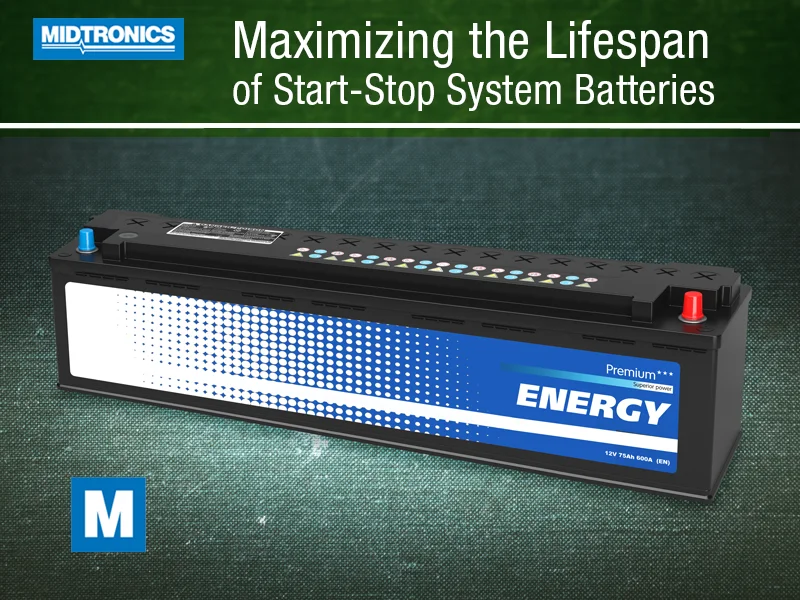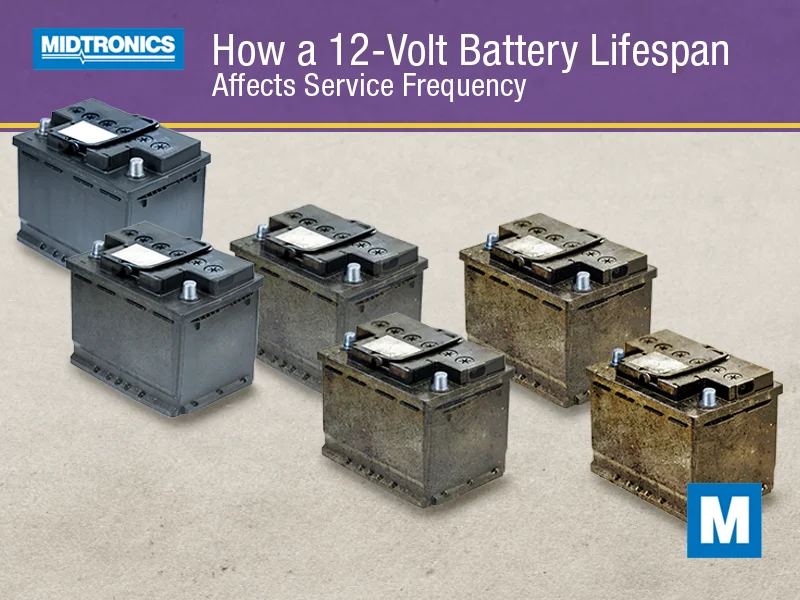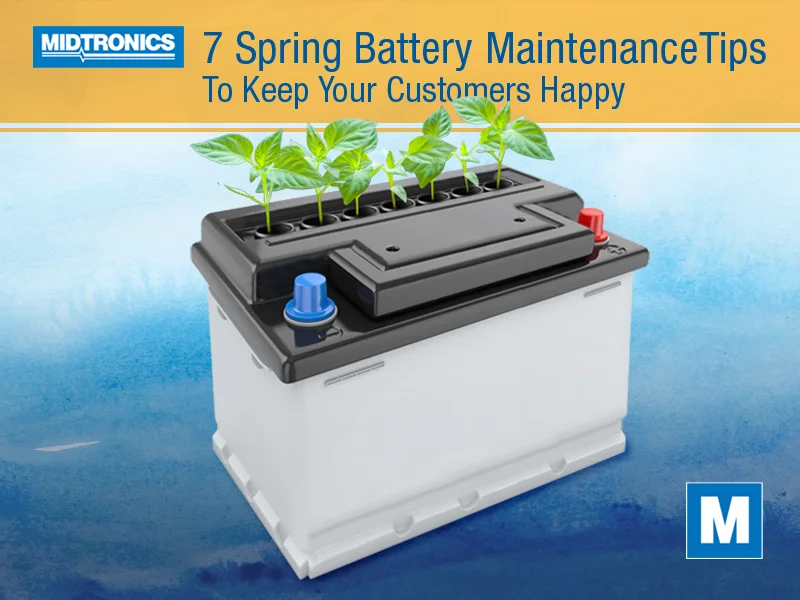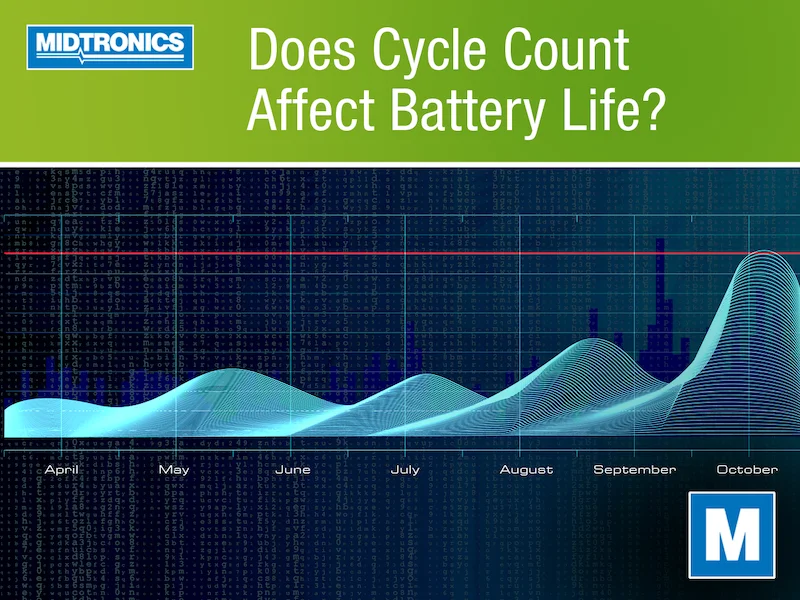In an effort to reduce fuel consumption and comply with ever-tightening CAFÉ fuel economy and emissions standards, carmakers have integrated several new features in vehicles produced over the past decade or so. One such system is Auto Start-Stop, a system that shuts the engine off when the vehicle is in gear but at a complete stop.
It’s an effective design, but frequent shutdowns and restarts surely take their toll on the battery’s health, don’t they? And especially since the batteries required are enhanced flooded batteries (EFB) or absorbent glass mat (AGM), the replacement price is much higher than a standard lead-acid type. Keeping the battery in its best condition for as long as possible reduces cost of ownership, lowers the impact on the environment, and most of all, increases the owner’s trust in their vehicle.
Learn about how auto start-stop functions, how it affects the battery’s health, and ways to get the most battery life out of a battery.
How Auto Start-Stop Works
Governed by the vehicle’s engine control unit, the auto start-stop feature relies on input from various sensors and systems to determine when it operates and for how long. It must meet specific criteria such as a warmed-up engine, a fully-engaged brake pedal, a battery charge level at or above 70%, and other factors like the transmission’s status.
As the car comes to a full stop, the engine shuts off, typically for around 30 seconds to three minutes. During this time, the car’s accessory functions like the HVAC, radio, and heated seats are powered by the battery alone. Once the battery charge drops below a certain threshold, the vehicle restarts. It’s expected that a vehicle with auto start-stop performs between three and five times as many start cycles as a vehicle without it.
The Effect on the Car Battery
Since the highest strain a battery experiences tends to be the high demand of a start cycle, it stands to reason that failures are more frequent. That would be true with lead-acid batteries, but the EFB and AGM batteries that these vehicles are manufactured with are meant to withstand the added demand.
There are actually a couple of positive effects that a vehicle can experience. First, it prevents deep discharges since maintaining the battery’s charge level is a priority. As well, there are enhanced opportunities for charging the battery more efficiently during braking and deceleration if the vehicle has a form of regenerative braking.
However, the more prevalent effects are on the negative side.
- With exponentially more instances of the engine turning off and restarting, the number of discharge and recharge cycles are much higher, contributing to the normal wear and tear that shortens a battery’s lifespan.
- There’s higher starting load. With the increased workload the starter experiences, there’s more stress not only on the starter itself, but the more durable starter typically has higher needs from the battery.
- In extreme temperatures, both hot and cold, thermal changes due to the frequent cycles can impact battery health too.
Ways to Maximize Battery Life in Vehicles with Auto Start-Stop
Although AGM and EFB batteries aren’t that different in chemistry from traditional lead-acid batteries, the system itself warrants more diligent care and maintenance to ensure not just that it functions well, but so that the battery will last the four-to-five-year expectancy it should have, or even longer. Here are four ways to maximize battery life.
Keep the Battery Clean
Typically, a small sensor on the negative cable near the battery communicates the battery’s voltage to the computerized controller for the auto start-stop feature. If the connection is dirty or corroded, there’s an excellent chance that the system won’t operate as it should. Following routine battery maintenance using an acid-neutralizing terminal cleaner can aid in promoting a good connection, plus it’s vital for the charge cycle to replenish the battery.
Perform Regular Tests
Like all lead-acid and any other 12-volt batteries, EFB and AGM batteries for vehicles with auto start-stop should be tested routinely. Make it a practice that every vehicle that checks into the service department receives a battery test. Equipment on hand should be capable of testing all types of battery chemistries, so no special attention needs to be paid to whether the vehicle has auto start-stop technology integrated.
Ensure the Charging System is in Good Shape
Along with battery tests, routine checks of the charging system should be conducted. A weak alternator could be putting undue strain on the battery, preventing it from charging fully and reducing fuel efficiency since the vehicle won’t shut down as often at a stop – or at all. With the right testing tech on hand, a charging system check can be done at the same time as the battery test with virtually no difference in the time it takes to complete.
Use High-Quality Battery Replacements
Vehicle owners who either don’t care for the auto start-stop feature or who are more budget-conscious than others might be inclined to forego the costlier EFB and AGM battery replacement in favor of a cheaper lead-acid variety. Shops might offer these replacements without considering the effect on vehicle performance too. Even though the dimensions are the same, lower-quality batteries end up costing more in the long run with more frequent replacement intervals and more frustrating problems than if the correct battery was chosen initially. Only offer battery replacements that are compatible with the vehicle’s original features.
Encourage Regular Usage
Counter-intuitively, it’s actually beneficial to operate a vehicle on a regular basis. While keeping a vehicle’s mileage low and preventing wear and tear is often the reason for limiting usage, lack of use can affect battery health, and it’s true also for vehicles with auto start-stop. Driving at least once per week for 15 minutes or more ensures the battery is recharged fully, and it maintains the battery’s capacity to function its systems as intended.
Although they’re more durable than average, batteries for vehicles with auto start-stop require care to get the most lifespan out of them. These tips will help promote good battery health for your customers’ vehicles, keeping them satisfied and keeping you in control of their vehicle service.




